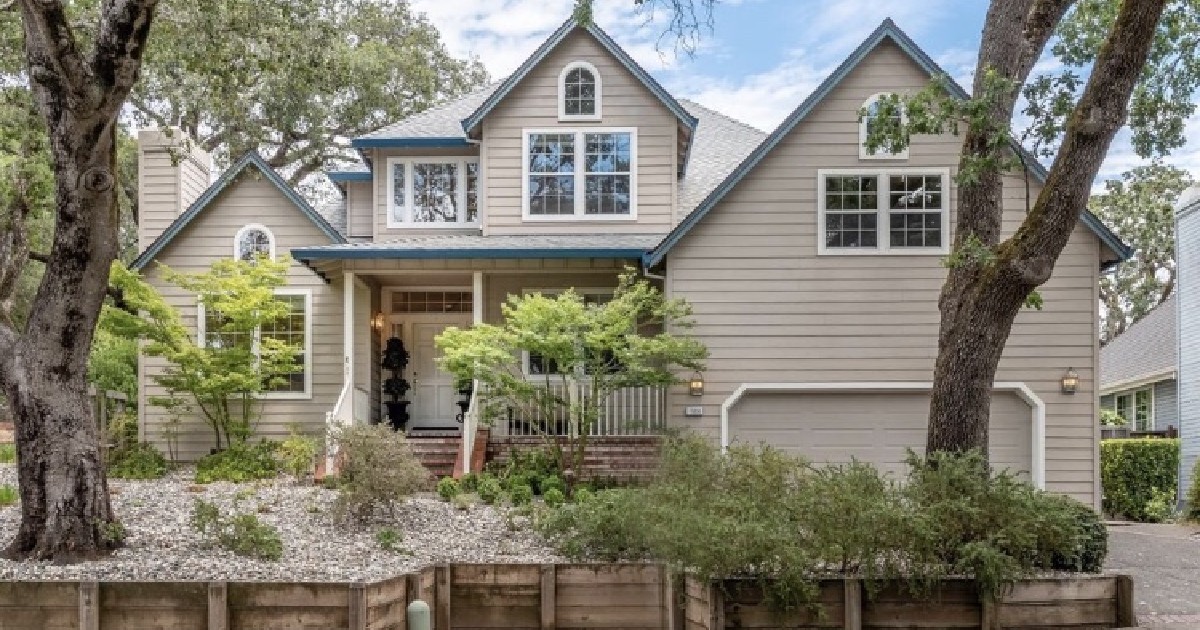When transitioning out of a treatment program for substance use, many individuals look for a supportive, structured environment to continue building a healthy foundation. Living in an environment of this sort is crucial to recovery, as it builds stability, minimizes triggers, and reinforces life skills. But what happens if you don’t have this type of setting to return to after treatment?
This is where sober living homes and halfway houses come into play. While the two may seem similar at first glance, they serve different purposes and provide different levels of support. Let’s explore the differences between sober living and halfway houses, how they can support the recovery process, and which option is best for you or your loved one.
What Is a Sober Living Home?
Sober living offers a safe, substance-free living environment for individuals who are ready to maintain sobriety but aren’t quite ready to return to full independence. These residences are voluntary, meaning residents choose to live there and are not forced by court orders or parole requirements.
The key features of sober living include:
- Substance-free environment. Residents must agree to abstain from drugs and alcohol. If they use substances or bring them into the home, they may be asked to leave.
- Peer support. Living alongside others in recovery can be helpful, offering encouragement and shared experiences, while decreasing loneliness and isolation.
- Freedom and flexibility. Unlike residential treatment, sober living allows residents to work, attend school, and participate in outpatient therapy. This support is vital during transitions and helps set individuals up for success.
- Structure and responsibility. Most sober houses require residents to complete chores, follow curfews, and attend house meetings.
Sober living homes are ideal for people who are committed to recovery and want to continue developing healthy habits, social connections, and life skills in a stable environment.
What Is a Halfway House?
A halfway house is a transitional living space that’s typically more regulated and government-funded. It’s often used by individuals who are re-entering society after incarceration, completing a court-mandated rehab program, or on probation or parole. While halfway houses may offer structure and substance-free housing, they often come with:
- Strict rules and required curfews
- Limited stays (often 3-12 months)
- Mandatory counseling or job search requirements
- Shared living spaces with limited privacy
These homes can be a helpful stepping stone for individuals reintegrating into the community, but may not offer the same flexibility or recovery-focused atmosphere as a sober living home. They tend to be more institutional or transitional compared to sober living, which is more peer-driven and recovery-focused.
Which One Is Right for You?
The best choice depends on your background, your stage in recovery, and your goals.
Sober Living
Sober living might be right for you if you want a recovery-focused community without court mandates or institutional rules, have completed treatment (like residential rehab or IOP), and are looking for more independence while still benefitting from structure, accountability, and peer support.
A key benefit of sober living is its flexibility. You can work, go to school, and attend outpatient therapy as needed. Also, you can typically stay as long as needed, depending on your needs and goals. Sober living is something you’ll have to pay for on your own, either through insurance or private pay.
Halfway House
A halfway house, on the other hand, is often court-ordered or mandated, meaning residents don’t have a choice. Therefore, this living arrangement is often a better fit for those transitioning from incarceration or court-ordered treatment. Most residents need a temporary place to live as part of a mandated reintegration plan and are working with a probation or parole officer.
Other reasons to choose a halfway house include preferring a low- or no-cost option and a shorter stay, usually around 3-12 months. Because halfway houses receive funding from government sources, your length of stay is not as flexible as sober living, which typically allows residents to stay as long as needed as long as they follow the rules.
Sober Living in Santa Rosa, CA
If you’re transitioning out of residential treatment and want to continue building a sober lifestyle in a supportive, structured community, a sober living home is likely to be the better fit. Pura Vida Recovery has sober living programs designed to foster personal growth, accountability, and connection. We help individuals not only stay sober but also rebuild their lives.
Currently, we have four sober living homes in Santa Rosa. Our men’s sober living includes two properties: the Royal Gorge House and the Robinson House, while our women’s sober living is the Parkhurst House. We also have a co-ed option, the Redwood House. While our homes do have rules and structure, we still make plenty of time for fun.
Ready to Take the Next Step?
If you or a loved one is considering sober living, we’re here to help. Contact Pura Vida Recovery to learn more about our programs and how we can support you on the next stage of your recovery journey. Recovery isn’t just about abstaining from drugs or alcohol—it’s also about finding joy in your life, which is something we are prepared to do!





